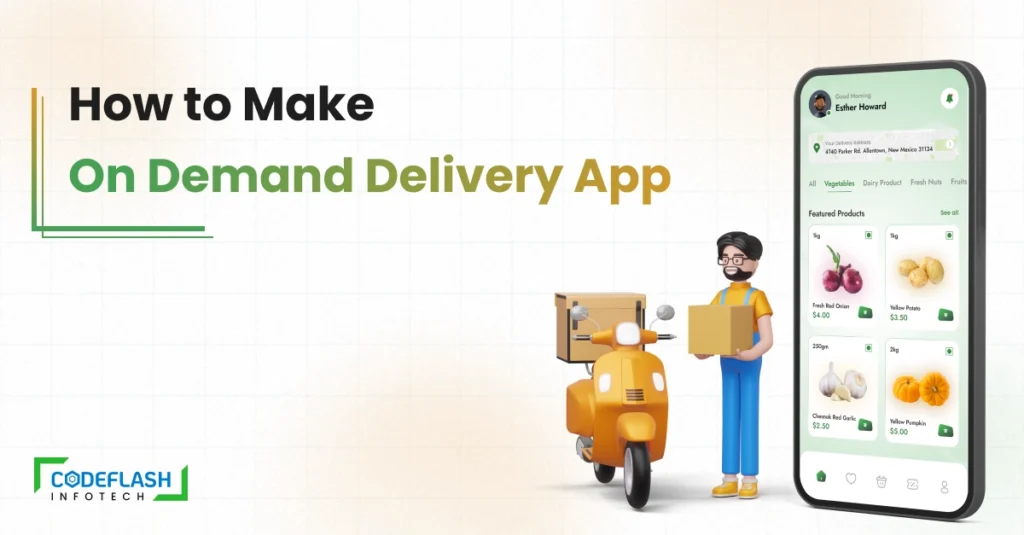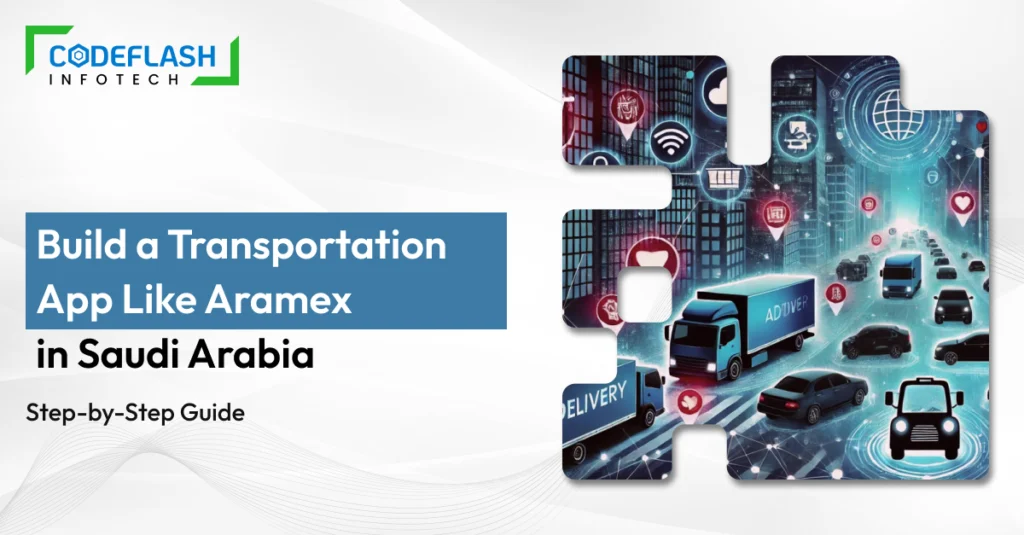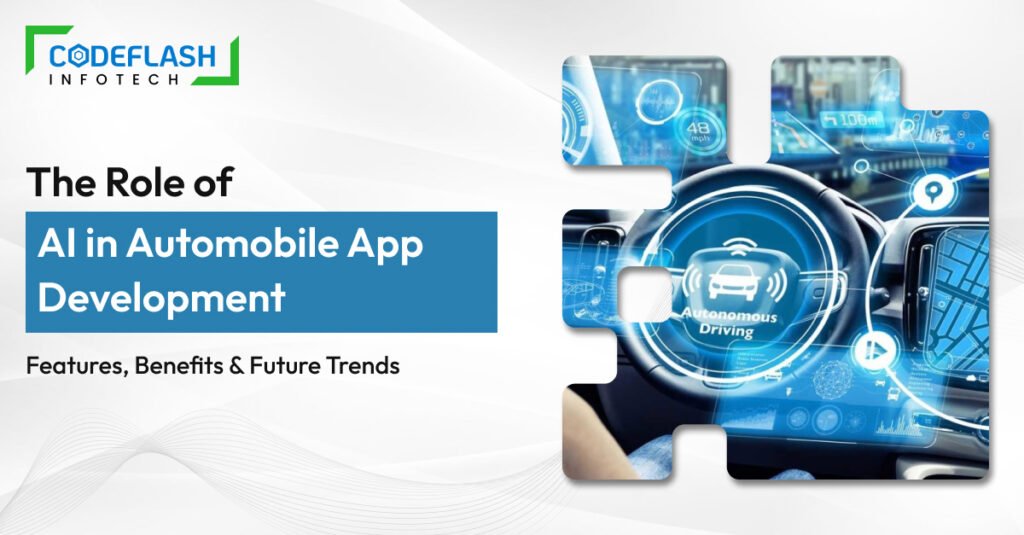
How to build On Demand Delivery App in 2024
01 SEPTEMBER
Want to build an on-demand delivery app from scratch? Read this step-by-step guide on how to design & develop an on-demand delivery app which includes everything from technology trends, latest features, tech stack and app development cost.
Well, with the rise of on-demand delivery apps development, that wish has become a reality. From food delivery, groceries to medicine and even pet supplies, everything is just a few taps away. With 2024 fast approaching, it’s high time we delve into the nitty-gritties of how to make an on-demand delivery app that can cater to the demands of this digital age. So, gear up and get ready as we take you through step-by-step instructions on mobile app development that will revolutionize the way people shop and receive their deliveries!
What is On-demand delivery app? & How It Works?
On demand service apps have become increasingly popular in recent years as a way to get items delivered quickly and easily. There are many different types of on demand delivery apps available, but they all share some common features.
The On-demand delivery apps typically allow users to select a delivery time and location, and then provide them with a list of nearby businesses that offer the requested item. The user can then choose to have the item delivered immediately, or at a later time.
On demand delivery apps are convenient for both consumers and businesses. Consumers can get the items they need without having to go out of their way to find them, and businesses can reach a larger audience with their products.
If you’re thinking about starting an on-demand delivery business, there are a few things you need to know. In this article, we’ll give you an overview of on demand delivery apps and how they work, as well as some tips for getting started.
Steps to Develop an On Demand Delivery App in 2024
Creating an on-demand delivery app in 2023-24 requires careful planning, strategic development, and efficient execution. Here is a step-by-step guide to help you get started:
Identify Your Target Market:
Define the target audience and the specific industry or vertical you want to focus on for your on-demand delivery app. first Determine the services you want to offer, based on you can find the best food delivery app development company, or grocery delivery, courier services, or any other app development company.
Conduct Market Research:
Perform thorough market research to understand the competition, customer needs, and market trends. Identify gaps or opportunities that can make your delivery app unique.
Define Key Features:
Based on your target market and research findings, outline the essential features for your on-demand delivery app. Some common features include user registration and login, product or service listings, search and filters, shopping cart, payment getaway integration, order tracking, reviews and ratings, and push notifications.
Design the User Interface (UI) and User Experience (UX):
We aim to provide users with an effortless and delightful experience, making navigation a breeze and ensuring that product/service listings are crystal clear. We recommend hire a top-tier UI/UX design company to achieve this, like Codeflash Infotech. our expertise in creating user-centered designs will elevate your app’s appeal and functionality.
Develop the App:
Choose the appropriate technology stack and select between building a native app (iOS and Android) or developing a cross-platform app using frameworks like React Native or Flutter. Collaborate with experienced developers to bring your app idea to life, focusing on scalability, security, and performance.
Integrate Payment Gateway:
Implement a secure and reliable payment gateway to facilitate seamless transactions. Integrate popular payment options like credit/debit cards, mobile wallets, or even cash-on-delivery, depending on your target audience’s preferences.
Build a Robust Admin Panel:
Develop a robust admin panel to manage various aspects of the app, including user and driver management, order management, analytics, and reporting. Ensure the admin panel provides real-time data and insights to optimize operations and make informed business decisions.
Implement Real-time Tracking:
Incorporate real-time tracking functionality to allow users and delivery providers to track orders in real-time. This feature enhances transparency and improves the overall user experience.
Test and Debug:
Thoroughly test your app to identify and fix any bugs or glitches. Conduct beta testing with a group of users to gather feedback and make necessary improvements before the official launch.
Launch and Promote:
Once the app is tested and refined, launch it on the respective app stores (Google Play Store and Apple App Store). Create a marketing strategy to promote your app, leveraging digital channels, social media, and partnerships with local businesses or service providers.
Gather Feedback and Iterate:
Actively seek user feedback and reviews to improve your app continuously. Use analytics tools to gather insights on user behaviour, conversion rates, and performance. Regularly release updates and new features to keep your app relevant and competitive.

Benefits of build an On Demand Delivery App
Benefits for Businesses:
Increased Reach:
An on-demand delivery app allows businesses to reach a wider customer base beyond their physical location. They can expand their service area and cater to customers who prefer the convenience of home delivery or on-demand services.
Improved Efficiency:
With an on-demand delivery app, businesses can streamline operations and optimise delivery processes. This leads to improved efficiency in managing orders, dispatching deliveries, and tracking the status of each delivery, resulting in faster and more accurate service.
Enhanced Customer Experience:
By offering an on-demand delivery app, businesses provide customers with a convenient and seamless experience. Customers can easily browse products, place orders, track deliveries in real-time, and provide feedback. This enhances customer satisfaction and loyalty.
Competitive Advantage:
In today’s fast-paced market, having an on-demand delivery app can provide a competitive edge. It sets businesses apart from those that rely solely on traditional methods, attracting tech-savvy customers who prioritize convenience and efficiency.
Key Challenges in developing an On Demand Delivery App
Logistics and Operations Management:
Managing the logistics and operations of an on-demand delivery app can be challenging. This includes efficiently matching orders with available delivery providers, optimizing routes, and ensuring timely deliveries. Coordinating the supply and demand in real-time can be complex, especially during peak hours or in high-demand areas.
Scalability and Handling Peak Loads:
On-demand delivery apps need to be scalable to handle increasing user demand and peak loads. Ensuring that the app can handle a large volume of simultaneous requests and transactions without performance issues is crucial. Scaling the backend infrastructure and implementing load balancing techniques can help manage this challenge effectively.
Driver Management and Retention:
Recruiting and retaining a reliable fleet of delivery drivers can be a challenge. Maintaining driver satisfaction, managing driver availability, and ensuring proper incentives and fair compensation are important factors in driver retention. Providing tools and support for drivers, such as route optimization and real-time tracking, can improve their experience and productivity.
Customer Trust and Safety:
Building trust and ensuring safety for both customers and delivery providers is paramount in on-demand delivery apps. Implementing rigorous background checks and verification processes for drivers, providing real-time tracking and communication features, and enabling customer reviews and ratings are essential to establish trust and safety in the platform.
Seamless User Experience:
Delivering a seamless user experience is crucial for the success of an on-demand delivery app. This includes designing an intuitive and user-friendly interface, streamlining the ordering process, providing accurate order tracking, and offering multiple payment options. Optimizing the app’s performance and minimizing loading times is also important for a smooth user experience.
Regulatory Compliance:
Compliance with local regulations, including transportation, food safety, and data protection laws, can present challenges for on-demand delivery apps. It’s important to research and understand the legal requirements and ensure that the app adheres to all necessary regulations to operate legally and ethically.
Technological Integration:
Integrating with various third-party services, such as mapping and payment gateways, can be complex. Ensuring seamless integration with external systems and APIs, maintaining data security, and handling data synchronization across different platforms are technical challenges that need to be addressed during app development.
Future Trends in Best On Demand Delivery Apps in 2023-24
As the on demand economy continues to grow, so too do the number of on demand delivery apps. In order to stay ahead of the curve, it’s important to be aware of the latest trends in this space. Here are four future trends in on demand delivery apps:
More focus on sustainability
With consumers becoming more conscious of their impact on the environment, there will be an increased focus on sustainable practices within the on demand delivery space. This could include things like using biodegradable packaging, partnering with carbon-neutral couriers, and offering incentives for customers to choose eco-friendly options.
Increased personalization
On demand delivery apps will become more personalized to meet the unique needs of each individual user. This could involve things like tailored recommendations based on purchase history, real-time tracking of deliveries, and custom notifications for updates along the way.
Greater transparency around pricing and fees
As competition increases within the on demand delivery space, app developers will need to be more transparent about pricing and fees in order to win over customers. This could involve providing upfront cost estimates, clearly explaining any additional charges, and giving users more control over how they pay for services.
Improved integration with other platforms and services
On demand delivery apps will continue to integrate with other platforms and services in order to provide a seamless experience for users. This could involve things
Conclusion
Designing & developing On-demand delivery apps have quickly become one of the most popular ways businesses manage and deliver products to their customers. With the right approach, you can easily create a successful on-demand delivery app in 2023-24, whether it is an online store or a restaurant. By following these steps, you can bring your vision of an on-demand delivery system into reality! Do you have an app idea in mind for an On-demand delivery app? We invite you to contact us today, and together, we can conquer the on-demand market while delivering the highest level of service possible.





